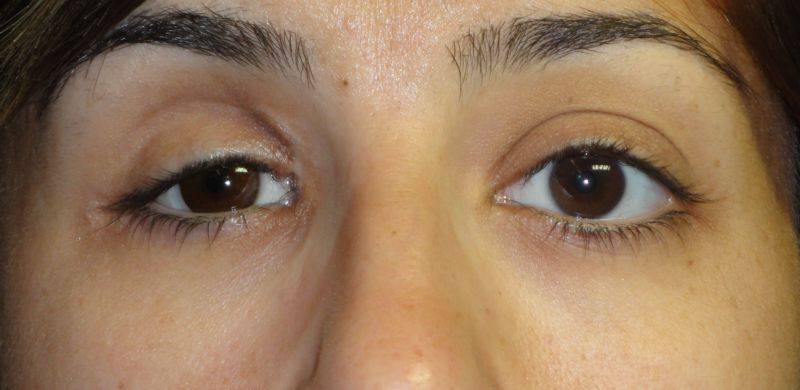Eye diseases
Enophthalmos

What is enophthalmos?
Enophthalmos is an eye disease caused by the displacement of the eyeball into the eye socket, making it appear sunken or smaller. It is the exact opposite of exophthalmos, also known as “bulging eyes”, because the eyeballs protrude from the orbit. Both “bulging eyes” and “sunken eyes” can cause emotional disorders, such as depression or lack of self-esteem, depending on their severity.
Symptoms
Causes and risk factors
Treatment
Beyond the aesthetic impact, enophthalmos does not cause ocular or visual symptoms as such. Due to its appearance, this disorder is often confused with the so-called false enophthalmos, caused by drooping eyelids (eyelid ptosis), the decrease in the size of the eyeball (microphthalmos), an exophthalmos in the opposite eye (which makes the healthy one look sunken) or Horner’s syndrome (injury to the sympathetic facial nerves, which is characterised by contracted pupils, drooping eyelids …), which makes the eye look retracted, when in fact it is not.
